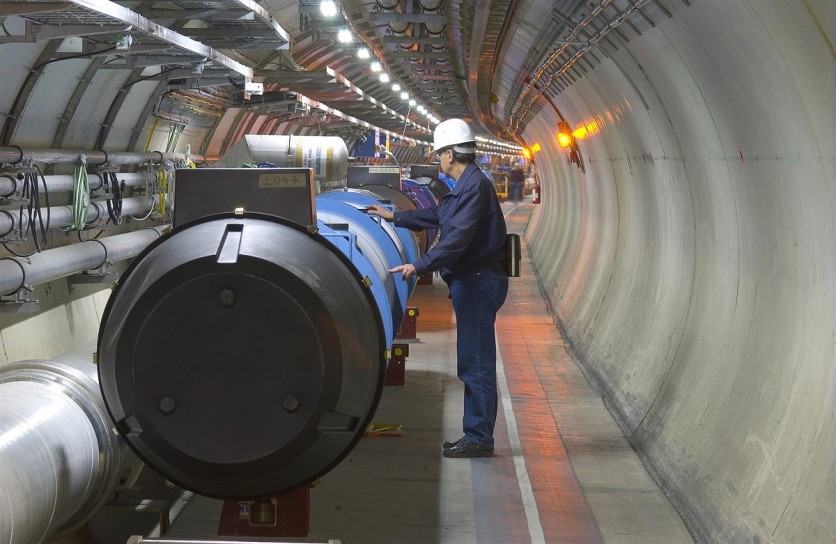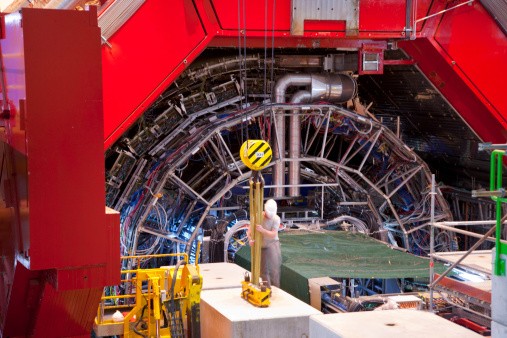The Large Hadron Collider (LHC), which is the world's largest atom smasher, may have just made one of the greatest scientific discoveries in recent memory.

According to Nine News Australia, the LHC was able to detect a so-called X particle-a particle thought to have existed at the literal dawn of time. It quite simply was formed mere seconds after the Big Bang, which basically gave birth to the universe as we know it.
Scientists working on the LHC announced the discovery of the extremely rare particles after using machine learning technology. With the tech, they were able to comb through an insane 13 billion heavy ion collisions that produce charged particles (basically a "particle soup").
In that "soup," they were able to identify around 100 individual X particles. They eventually published their findings in the journal Physical Review Letters. With the discovery of these particles from the dawn of time, the scientists hope to shed more light on how the universe really began.
However, detecting these particles was no cakewalk for the researchers, as they had to fully recreate the conditions of a universe that was just being born, writes LiveScience.
To do so, the scientists used the Large Hadron Collider to make positively charged lead atoms crash into each other at speeds close to the speed of light. The LHC is able to do this using extremely powerful electromagnetic fields to both boost and steer the particles, according to CERN (aka the European Council for Nuclear Research).

Whenever the charged lead atoms smashed into each other, they produced a burst of plasma that resembled the "particle soup" of a young universe. From there, they used the machine learning algorithm to sift through an insane amount of data.
The Large Hadron Collider: An Amazing Yet Troubled Life
This recent discovery is excellent news to the LHC, which despite its immense power and utility hasn't had much actual success for its lifetime.
The collider, which was first powered on in September of 2018, is currently the world's largest and most powerful particle accelerator (via CERN). Its main gist, despite sounding complicated, is quite simple: to smash atoms into each other and see what makes them up. It is literally like smashing any item, like a phone, to see what makes them tick.

But despite costing a massive $4.75 billion to build over a decade, the Large Hadron Collider's discoveries weren't always groundbreaking. This is apparently making it hard for other countries to develop their own supercolliders.
According to Science.org, the Japanese government is now hesitant to build their $7.5-billion International Linear Collider (ILC) due to the underwhelming nature of the Large Hadron Collider's discoveries-or lack thereof.
Still, the scientists working on the LHC at CERN are not losing hope, especially after the landmark discoveries of the Higgs-Boson and these X particles. Perhaps it's only a matter of time before the collider makes another one.
Related Article : CERN Develops New Instrument To Hunt For Dark Matter
This article is owned by Tech Times
Written by RJ Pierce

![Apple Watch Series 10 [GPS 42mm]](https://d.techtimes.com/en/full/453899/apple-watch-series-10-gps-42mm.jpg?w=184&h=103&f=9fb3c2ea2db928c663d1d2eadbcb3e52)


